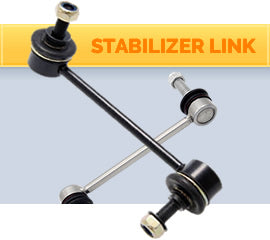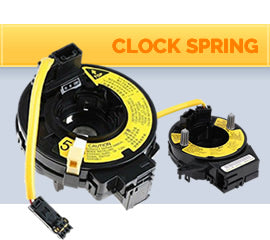Navigating the Import Process and Logistics for Automotive Parts

The import process for automotive parts can be complex, involving customs clearance, shipping, freight forwarding, and logistics. Understanding these steps and working with reliable partners can help streamline the process and minimize potential complications. This article will provide an overview of the key elements in importing automotive parts and offer tips for efficient and successful importation.
Customs Clearance: Meeting Regulatory Requirements
Customs clearance is a crucial step in the import process, ensuring that all necessary documentation, permits, and duties are in order. It is essential to understand the specific import regulations and requirements for the destination country, including tariffs, quotas, and safety standards. To facilitate customs clearance, importers should work with a reputable customs broker who can guide them through the process and help them meet all regulatory requirements.
Shipping: Choosing the Right Method
Selecting the appropriate shipping method is an essential aspect of importing automotive parts. Factors to consider include the shipment's size, weight, and destination, as well as any time-sensitive delivery requirements. There are several shipping options available, such as air freight, ocean freight, and ground transportation. Each method has its advantages and disadvantages, so it's crucial to weigh the options carefully and choose the one that best meets your needs and budget.
Freight Forwarding: Simplifying the Shipping Process
Working with a reliable freight forwarder can significantly simplify the shipping process for automotive parts. Freight forwarders act as intermediaries between the importer and the transportation companies, coordinating and managing the entire shipping process. They can help select the most suitable shipping method, arrange for cargo insurance, and handle customs documentation. A reputable freight forwarder will also have a strong network of global partners, ensuring that your automotive parts reach their destination efficiently and securely.
Logistics: Managing the Supply Chain
Effective logistics management is vital for the successful import of automotive parts. This involves overseeing the movement and storage of goods throughout the entire supply chain, from the manufacturer to the end consumer. Importers should work with experienced logistics partners who can handle inventory management, warehousing, and transportation to ensure a smooth and efficient import process.
Conclusion
Importing automotive parts can be a complex process, but with proper planning and the right partners, it can be streamlined and efficient. Understanding the customs clearance process, selecting the appropriate shipping method, working with a reliable freight forwarder, and managing logistics are all critical components in a successful import operation. By focusing on these key aspects, importers can minimize complications and ensure that their automotive parts arrive on time and in excellent condition.
- Posted in Automotive, Autoparts, Ignition Coil, Import, Industry












